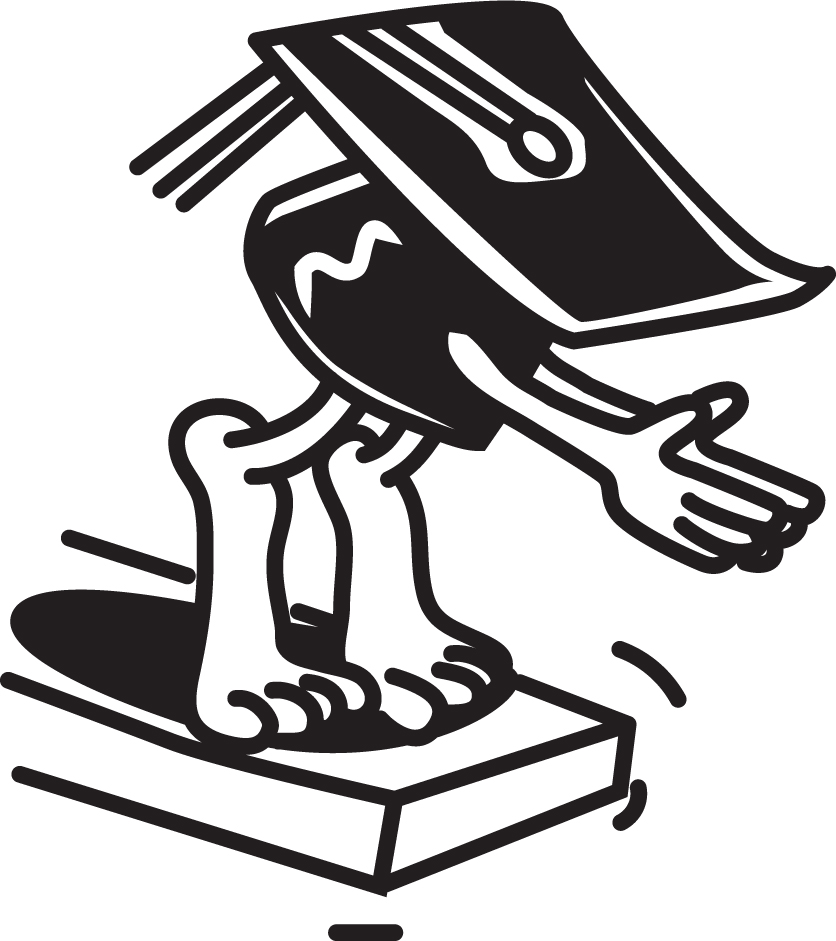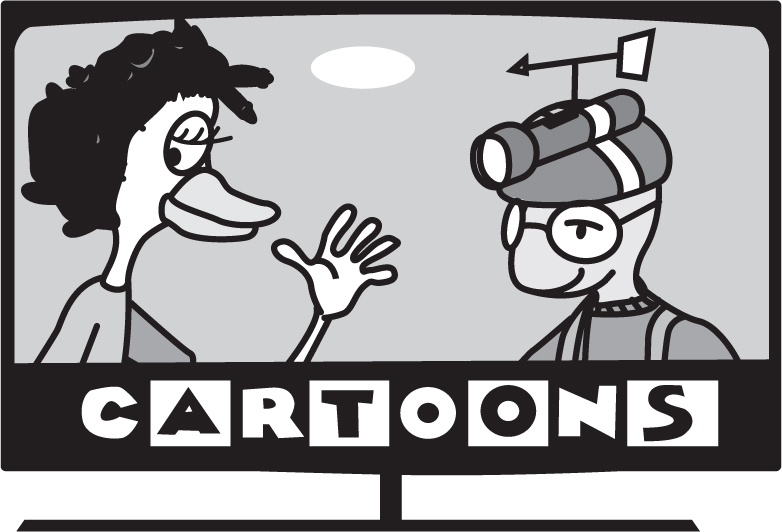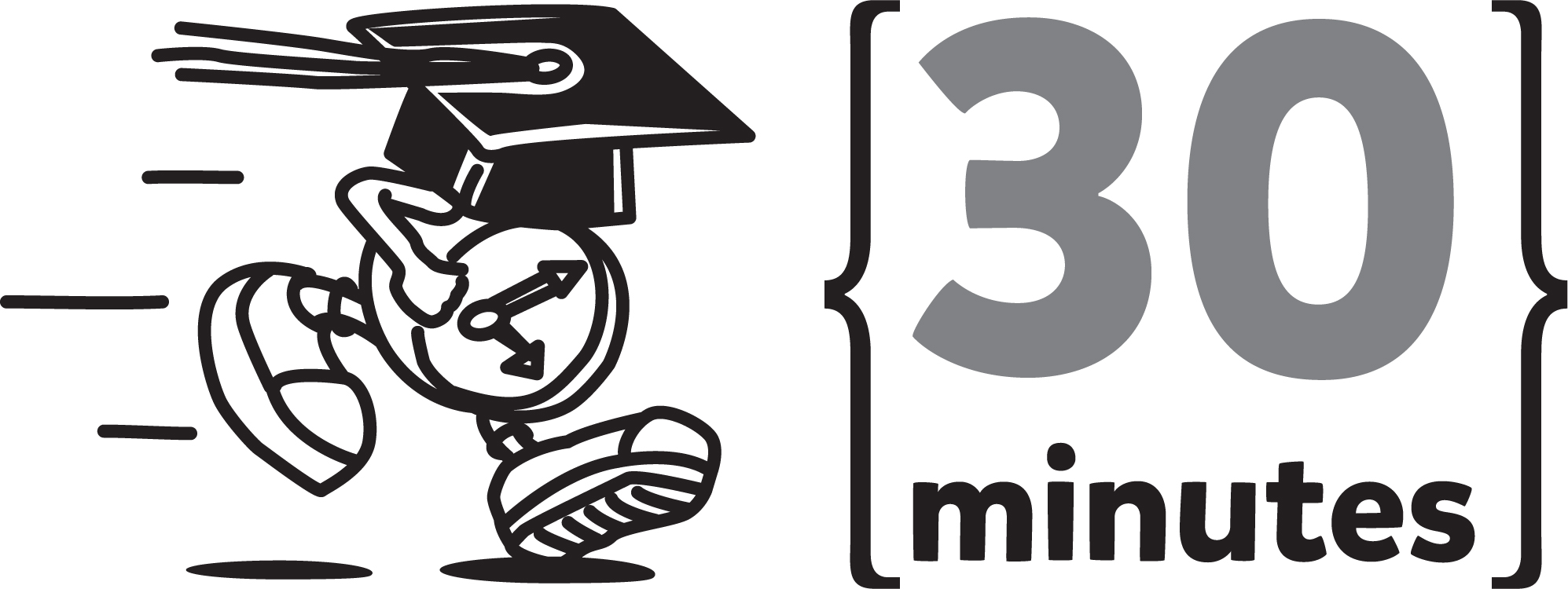
Characters
A big reason why your child can become so engrossed with movies, TV shows, and books has to do with the characters. Sometimes it’s because he can identify with a character. Maybe there’s a first grader in his favorite TV show. Or maybe your child plays the same sport as the main character in a book.
Although your child probably has no problem telling you which character she likes or who her favorite superhero is, she might have trouble telling you why. Giving an explanation means your child must describe this character. This doesn’t mean just describing what this character looks like; it also means describing the character’s personality. This often requires digging into the details of the story. For example, your child might infer that a character is nice because he shared his lunch with the new kid in school. The better your child understands characters, the better she will understand a story.
First things first: Get a sense of what your child already knows. Turn the page and tell your child to Jump Right In!

Here’s what you’ll need for this lesson:
-
note cards
-
children’s book
-
paper
-
markers or crayons
-
scissors
-
tape
-
popsicle sticks
Feel free to read the questions aloud.
 Jump Right In!
Jump Right In!
Read the story and answer the questions that follow.
The Game
Beaver snored. He was fast asleep. He loved to sleep. Then, his friend Squirrel came to his house by the river and woke him up.
Squirrel shouted, “Come on. Let’s go to Rabbit’s baseball game!”
Beaver yawned. He told Squirrel, “Don’t bother me!
I’m enjoying my sleep.”
“Come on! You shouldn’t be sleeping at 2:00 in the afternoon. You’ve missed all of Rabbit’s baseball games. It will be fun! Trust me!” Squirrel said, as he started jumping on Beaver’s bed.
Beaver rubbed his eyes. “All right. I will go,” he said with a grunt. “I hope we don’t have to walk far!”
They finally got to the game. Rabbit was up at bat.
He hit the ball far.
Beaver yelled, “Wow, this is fun! I guess it’s worth getting up early to have a good time with a good friend.”

Excellent Job! 
 Checking In
Checking In
 Answers for this page:
Answers for this page:
1. C
2. B
3. An A+ answer: “Squirrel and Beaver are different because Beaver is very lazy and Squirrel has a lot of energy. Squirrel likes to be active. He likes going to games. Beaver just likes to sleep.”
Did your child get the correct answers? If so, ask your child to support each answer with sentences from the story. You can also challenge your child to come up with more adjectives to describe Beaver and Squirrel.
Did your child get any of the answers wrong? If so, start by asking your child what the story was mostly about. Summarizing the story first can help your child recall details in order to answer the questions. If your child is having difficulty summarizing the story, reread the story aloud, and then ask them the five Ws—who, what, when, where, and why. Help your child write the answers to each of the questions on a piece of paper. Your child can use these details to answer questions 1 through 3.
 Watch Out!
Watch Out!
Question 3 might be tricky for the very literal mind of a first grader. Your child might answer with something like, “Squirrels and beavers are different animals” or “Beavers live in lodges, and squirrels live in trees.” Although this information might be factually true, it is not specific to the story. Encourage your child to use information from the story to answer the question. Don’t forget to praise your child for recalling such interesting facts about beavers and squirrels!
What to Know…
Characters make stories exciting. Your child can experience what a character sees, feels, wants, and thinks every time he reads a story!
Review these skills with your child this way:
-
Characters are the people whose actions, ideas, thoughts, and feelings a story tells us about. Characters aren’t always human. Sometimes animals, plants, or parts of the setting may be characters in a story.
-
You can learn about a character through the details in a story, including what the character says and how the character behaves.
Your child can identify the characters in her favorite Saturday morning cartoon shows.

 Watch Out!
Watch Out!
Your child might have difficulty describing a character because she might be thinking about someone with a similar personality from her own life. Although it’s great that your child can make connections between a story and her life, remind your child to support character descriptions with examples or details from the TV show or story.
Kids should be able to gather information about a character just by using the text.
Read the following story about Squirrel’s friend Rabbit with your child. Then, ask your child to describe Rabbit.

Rabbit was trying to go to bed, but he could not stop thinking about baseball. He couldn’t wait for the next game. He had been practicing every day after school. Rabbit knew that all of this practice would help him hit a home run in the next game.
Most kids can use details in the story to describe Rabbit.
-
He loves to play baseball.
-
He works hard.
-
He is sure of himself.
Remind your child to support his or her descriptions of Rabbit with text from the story.
 Study Right
Study Right
Every time your child watches a movie or a TV show or reads a book, ask her to name her favorite character. Ask your child to tell you why and give at least three words to describe the character. This exercise can help build your child’s adjective vocabulary.
Your child can practice describing characters with these activities. You’ll probably want to read these activities aloud to your child.
On Your Way to an “A” Activities

Type: Game/Competitive
Materials needed: note cards, pencils, a children’s book
Number of players: 4 or more
Read a good book with a few of your friends. Then, use note cards to write down the names of each character in the book. Next, mix the cards up and place the cards face down on the table. Each player should pick a card without looking and tape it either to his or her forehead or back. Remember, don’t look at the name! For the next 15 minutes, all of the players will talk to each other and treat each person as if he or she was actually the character whose name is on the card. Try to give clues and ask questions without ever saying the character’s name. After 15 minutes, try to guess who you are, and then look at your card to see if you’re right.

Type: Arts and Crafts
Materials needed: popsicle sticks or pencils, paper, markers or crayons, scissors, tape
Number of players: independent
You’re going to put on a puppet show! First, think of the characters in your favorite story. What do they look like? Draw each character on a piece of paper. Then, cut each character out and tape it to a popsicle stick or a pencil. Get ready to retell the story using the puppets. Think about how the characters act. What kind of voice will each character have? How will you move each puppet? You are now ready for the puppet show! Don’t forget to get behind a couch or a table so your audience can see only the puppets!
Has your child breezed through the activities? If so, he or she can work on this Using Your Head activity independently. You’ll probably want to read the activity below aloud to your child.
Using Your Head

Grab a pencil and write your answers on a separate sheet of paper.
Create a character poem about Beaver from the story “The Game” by filling in the blanks.
Beaver
Friends with ___________
Lives by the ___________
Likes to ___________
Doesn’t like to ___________
Beaver
Create another character poem about a character from one of your favorite books. Start the poem by writing the character’s name. Then, each line describes the character. Finally, end the poem with the character’s name.
Answers: Squirrel, river, sleep, be active